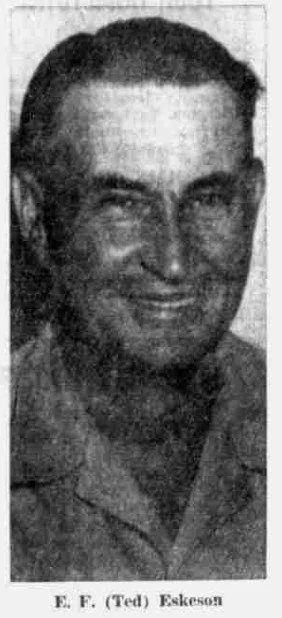Chris Acres: A Glimpse into 1950s Early Ranch-Style Living
Chris Acres: A Small but Notable Early Ranch-Style Neighborhood
Located just east of 4800 West at 3280 South, Chris Acres is a modest subdivision developed in 1956 with 26 lots. While the subdivision itself is small compared to others in the area, it holds historical significance for its early post-war residential architecture.
Though only one house was built the year the subdivision was established, nine additional homes were constructed before 1958. These homes are predominantly Early Ranch style, characterized by their single-story layouts, attached garages, and brick construction—typical features of mid-20th-century suburban development.
Despite less than half of the homes in Chris Acres having been built during this historic period, many of these early houses have retained their original look and charm. However, the presence of newer homes interspersed throughout the subdivision has slightly altered the overall historic character.
Chris Acres stands as a snapshot of the post-World War II housing boom, reflecting both the architectural style and community planning trends of the 1950s. It reminds us of a time when neighborhoods were expanding quickly to accommodate growing families and a rising demand for suburban living.
Building Chris Acres: The Story of Ted Eskeson’s Neighborhood
E.F. “Ted” Eskeson (passed 1970) was a true pioneer builder whose craftsmanship helped shape the Granger and Hunter communities for generations. As a teenager, Ted got his start in construction thanks to Charles Lambert, who gave him his first job at just 15. By the age of 20, Ted was running his own contracting business, known for honest work and solid homes. He built several hundred houses across Granger, Hunter, Magna, and Garfield, including his own Chris Acres subdivision — named in honor of his father. From family homes to the Magna/Garfield Town Hall and countless other projects, Ted Eskeson’s dedication left a lasting mark on the neighborhoods west of Salt Lake City, where families still live and grow in the homes he built.

